Home>Home Appliances>Home Automation Appliances>How To Listen In On Google Home
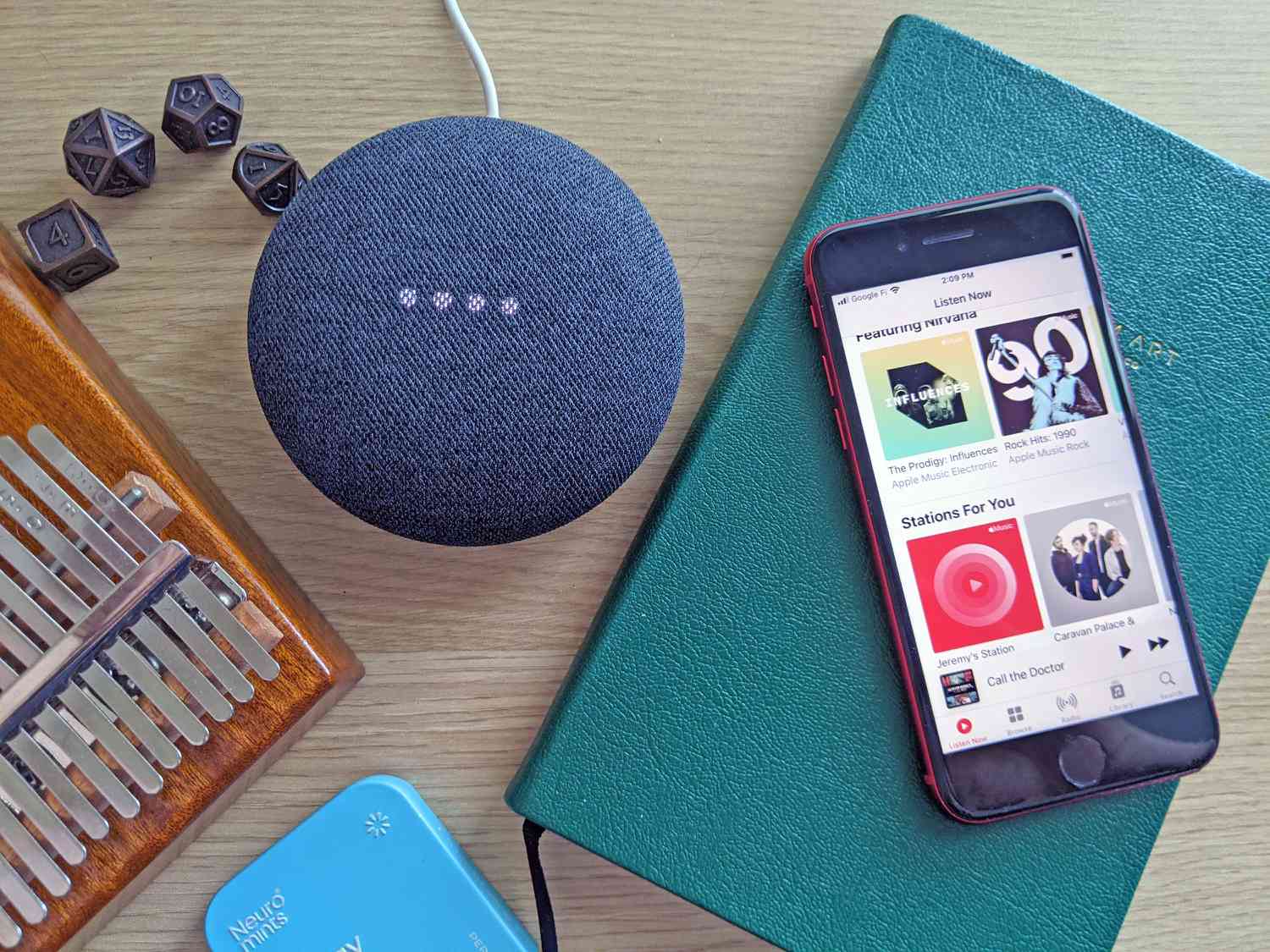

Home Automation Appliances
How To Listen In On Google Home
Modified: January 9, 2024
Learn how to listen in on Google Home and enhance your home automation appliances. Discover tips and tricks for optimizing your smart home experience.
(Many of the links in this article redirect to a specific reviewed product. Your purchase of these products through affiliate links helps to generate commission for Storables.com, at no extra cost. Learn more)
Introduction
Welcome to the world of Google Home, where the convenience of smart home technology meets the power of voice commands. Google Home is a popular smart speaker that integrates seamlessly into your home, offering a wide range of functions, from playing music and setting alarms to controlling compatible smart devices. As with any device that utilizes voice commands, there are valid concerns about privacy and security, especially regarding how Google Home listens to and processes audio inputs. In this comprehensive guide, we will delve into the inner workings of Google Home, explore how it listens, and discuss the implications for privacy. Additionally, we will provide valuable insights on how to protect your privacy while enjoying the benefits of this innovative technology. So, grab a seat, and let's embark on a journey to understand and optimize your Google Home experience.
Key Takeaways:
- Embrace the convenience of Google Home while safeguarding your privacy by understanding how it listens, managing voice recordings, and adjusting privacy settings for a secure and personalized experience.
- Google Home offers seamless integration of smart home control and personalized assistance, prioritizing privacy through robust security measures, transparent voice recording management, and user-controlled privacy settings.
Read more: How To Listen To Google Home Recordings
Understanding Google Home
Google Home is not just a smart speaker; it’s a central hub for your smart home ecosystem. It is designed to simplify your daily tasks and provide quick access to a wealth of information. The device is powered by the Google Assistant, an intelligent virtual assistant that responds to voice commands and performs various tasks. Google Home comes in different models, each tailored to meet specific needs, whether it’s the compact Google Home Mini, the standard Google Home, or the premium Google Home Max, which offers superior audio quality.
One of the most compelling features of Google Home is its ability to integrate with a wide array of smart home devices, allowing you to control lights, thermostats, cameras, and more with simple voice commands. Additionally, Google Home serves as a versatile entertainment hub, enabling users to stream music, radio, podcasts, and audiobooks from popular services like Spotify, YouTube Music, and Google Play Music.
Understanding the capabilities of Google Home is essential for maximizing its utility. From setting reminders and alarms to checking the weather, traffic updates, and news, Google Home can quickly become an indispensable part of your daily routine. Its intuitive voice recognition and natural language processing capabilities make interacting with the device feel conversational and effortless.
As we delve deeper into the inner workings of Google Home, it’s crucial to recognize the significance of how the device listens to and processes voice inputs. This aspect forms the foundation of its functionality and raises pertinent questions about privacy and data security. By gaining a comprehensive understanding of Google Home, you can harness its potential while being mindful of safeguarding your privacy.
How Google Home Listens
Google Home’s ability to listen and interpret voice commands is at the core of its functionality. When you utter the wake phrase, such as “Hey Google” or “OK Google,” the device activates its microphones and begins processing the subsequent voice input. This wake phrase serves as a trigger, signaling the device to start listening for a command or query.
Upon recognizing the wake phrase, Google Home starts recording the audio that follows. The recorded audio is then transmitted to Google’s servers for analysis and processing. This is where the powerful natural language processing (NLP) capabilities of the Google Assistant come into play. The NLP algorithms decipher the spoken words, identify the user’s intent, and formulate an appropriate response or action.
It’s important to note that Google Home continuously processes audio in short intervals, typically a few seconds at a time, to ensure that it captures the entire command or query. Once the device detects the end of the input or a pause in speech, it ceases recording and sends the audio data to Google’s servers for further processing.
Google has implemented robust security measures to safeguard the privacy of users when it comes to audio recordings. The wake phrase and subsequent voice inputs are processed in a secure manner, and users have the ability to review and delete their voice recordings through the Google Home app or their Google Account settings.
Understanding how Google Home listens provides valuable insights into the mechanisms that enable seamless interaction with the device. This knowledge empowers users to make informed decisions about their privacy settings and usage preferences, ensuring a secure and personalized experience with Google Home.
To listen in on Google Home, use the “Broadcast” feature in the Google Home app to send a message to all connected devices in your home. Just say “Hey Google, broadcast” followed by your message.
Listening In on Google Home
While the ability of Google Home to listen and respond to voice commands is undoubtedly convenient, it also raises valid concerns about potential privacy implications. The concept of a smart speaker constantly “listening in” on its surroundings has sparked discussions about data privacy and security.
It’s essential to understand that Google Home is designed to listen specifically for its wake phrases, such as “Hey Google” or “OK Google,” to activate its voice recognition capabilities. Once the wake phrase is detected, the device begins recording the subsequent voice input and processes it to fulfill the user’s request or query. However, outside of this activation process, Google Home is not actively recording or transmitting audio data to Google’s servers.
Concerns about unauthorized or unintended listening are addressed through stringent privacy protocols and technical safeguards. Google Home’s microphones are engineered to focus on capturing voice inputs while minimizing background noise, and the device is programmed to ignore ambient conversations or sounds unless the wake phrase is uttered.
Additionally, users have the option to review and delete their voice recordings, providing transparency and control over the data collected by Google Home. This empowers users to manage their privacy preferences and ensures that they can make informed choices about the retention of their voice interactions with the device.
It’s crucial to approach the topic of “listening in” on Google Home with a balanced perspective, acknowledging the benefits of voice-controlled convenience while also being mindful of privacy considerations. By understanding the mechanisms that govern how Google Home listens and responds, users can navigate the smart speaker landscape with confidence, knowing that their privacy is prioritized.
As we explore the intricacies of how Google Home operates, it’s evident that the device’s listening capabilities are intricately linked to user privacy. By staying informed and leveraging the available privacy controls, users can enjoy the convenience of Google Home while maintaining a secure and private smart home environment.
Protecting Your Privacy
As with any smart device that interacts with personal data, ensuring privacy and data security is paramount when using Google Home. Fortunately, Google has implemented a range of features and settings that empower users to protect their privacy while leveraging the benefits of the smart speaker.
One of the key privacy features offered by Google is the ability to manage and delete voice recordings associated with Google Home. Users can access their voice interaction history through the Google Home app or their Google Account settings, allowing them to review and delete specific recordings. This level of control enables users to maintain a clear overview of the data stored by Google Home and exercise their right to manage it accordingly.
Furthermore, Google has integrated privacy controls that allow users to adjust the sensitivity of the device’s microphones and manage the activation of the wake phrases. By fine-tuning these settings, users can customize the device’s responsiveness to wake phrases, providing an additional layer of control over when Google Home actively listens for voice commands.
Another essential aspect of privacy protection is the implementation of robust security measures to safeguard the transmission and storage of audio data. Google employs encryption protocols to ensure that voice recordings are transmitted securely to its servers, mitigating the risk of unauthorized access to sensitive information.
For users who prioritize privacy and data security, it’s advisable to stay informed about the latest privacy features and updates related to Google Home. Regularly reviewing privacy settings and staying abreast of privacy-related announcements from Google can help users make informed decisions about their smart speaker usage.
Lastly, cultivating a culture of privacy consciousness within the household is crucial. Educating family members about the privacy features and controls available for Google Home fosters a shared understanding of the importance of safeguarding personal data in a smart home environment.
By leveraging the privacy features provided by Google Home and maintaining an awareness of best practices for privacy protection, users can confidently integrate the smart speaker into their daily lives while upholding their privacy and data security standards.
Read more: How To Link Google Calendar To Google Home
Conclusion
Google Home represents a remarkable fusion of smart home technology and virtual assistant capabilities, offering users a convenient and intuitive way to interact with their connected devices and access a wealth of information. Understanding how Google Home listens, processes voice inputs, and prioritizes privacy is essential for harnessing its potential while safeguarding personal data.
By delving into the intricacies of Google Home’s functionality, users can gain valuable insights into the measures taken to ensure privacy and data security. The device’s ability to listen for wake phrases and process voice commands is underpinned by robust privacy protocols and technical safeguards, mitigating concerns about unauthorized data collection.
Protecting privacy while using Google Home involves leveraging the available privacy controls, such as managing voice recordings and adjusting microphone sensitivity. Empowering users to review and delete their voice interaction history fosters a sense of transparency and control over the data associated with the smart speaker.
As smart home technology continues to evolve, Google Home stands as a testament to the seamless integration of voice commands, smart home control, and personalized assistance. Its impact on daily routines and household efficiency is undeniable, making it a valuable addition to modern homes.
Ultimately, the journey to optimize the Google Home experience revolves around striking a harmonious balance between leveraging its capabilities and upholding privacy standards. By staying informed, exercising privacy controls, and fostering a privacy-conscious environment, users can confidently embrace the convenience of Google Home while prioritizing their privacy and data security.
As we navigate the dynamic landscape of smart home technology, Google Home exemplifies the potential for innovation and user-centric design, enriching lives through seamless connectivity and intelligent assistance. With a mindful approach to privacy and a deep understanding of how Google Home operates, users can embark on a journey of discovery, efficiency, and personalized interaction within their smart home ecosystem.
Frequently Asked Questions about How To Listen In On Google Home
Was this page helpful?
At Storables.com, we guarantee accurate and reliable information. Our content, validated by Expert Board Contributors, is crafted following stringent Editorial Policies. We're committed to providing you with well-researched, expert-backed insights for all your informational needs.

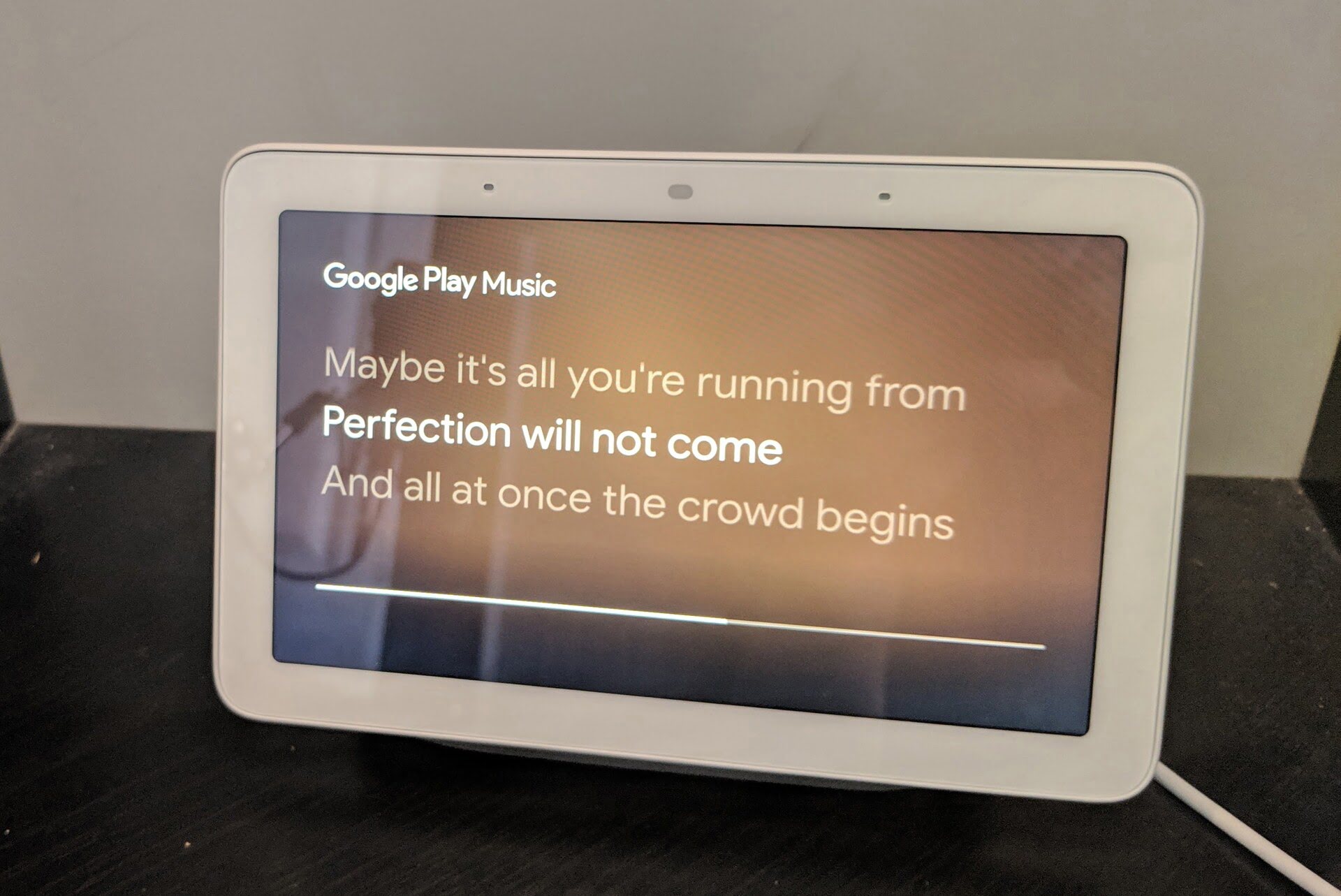
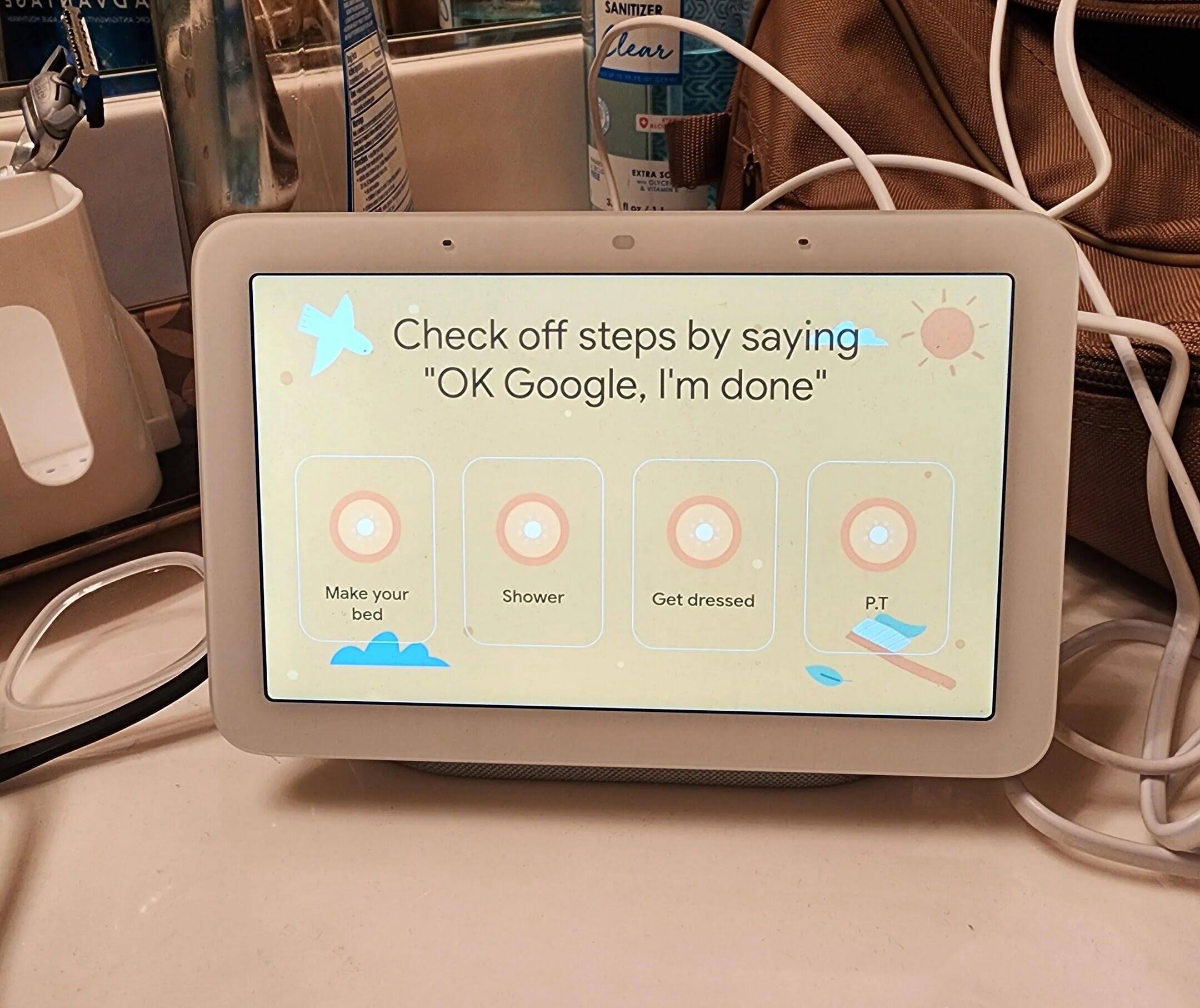
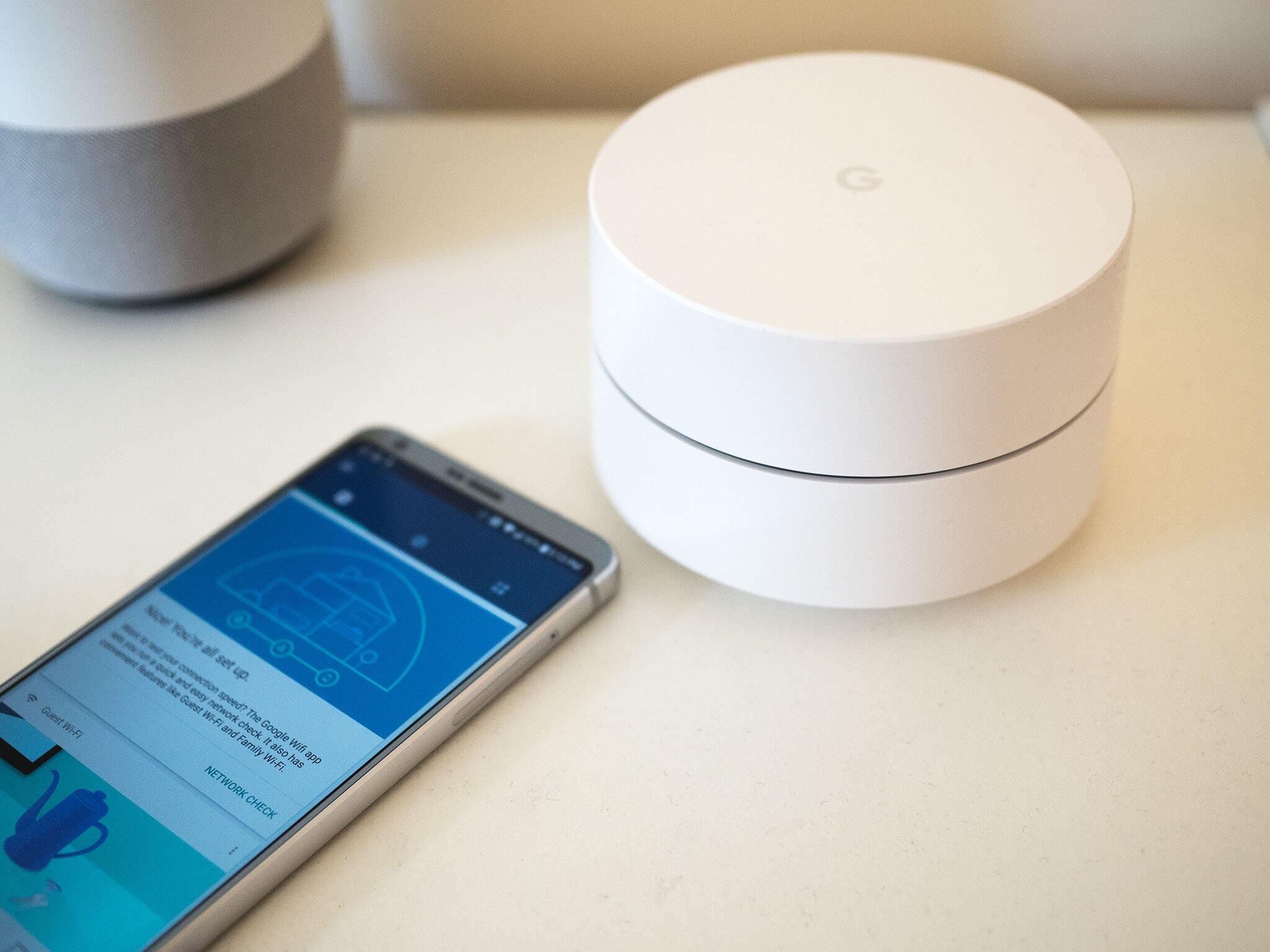
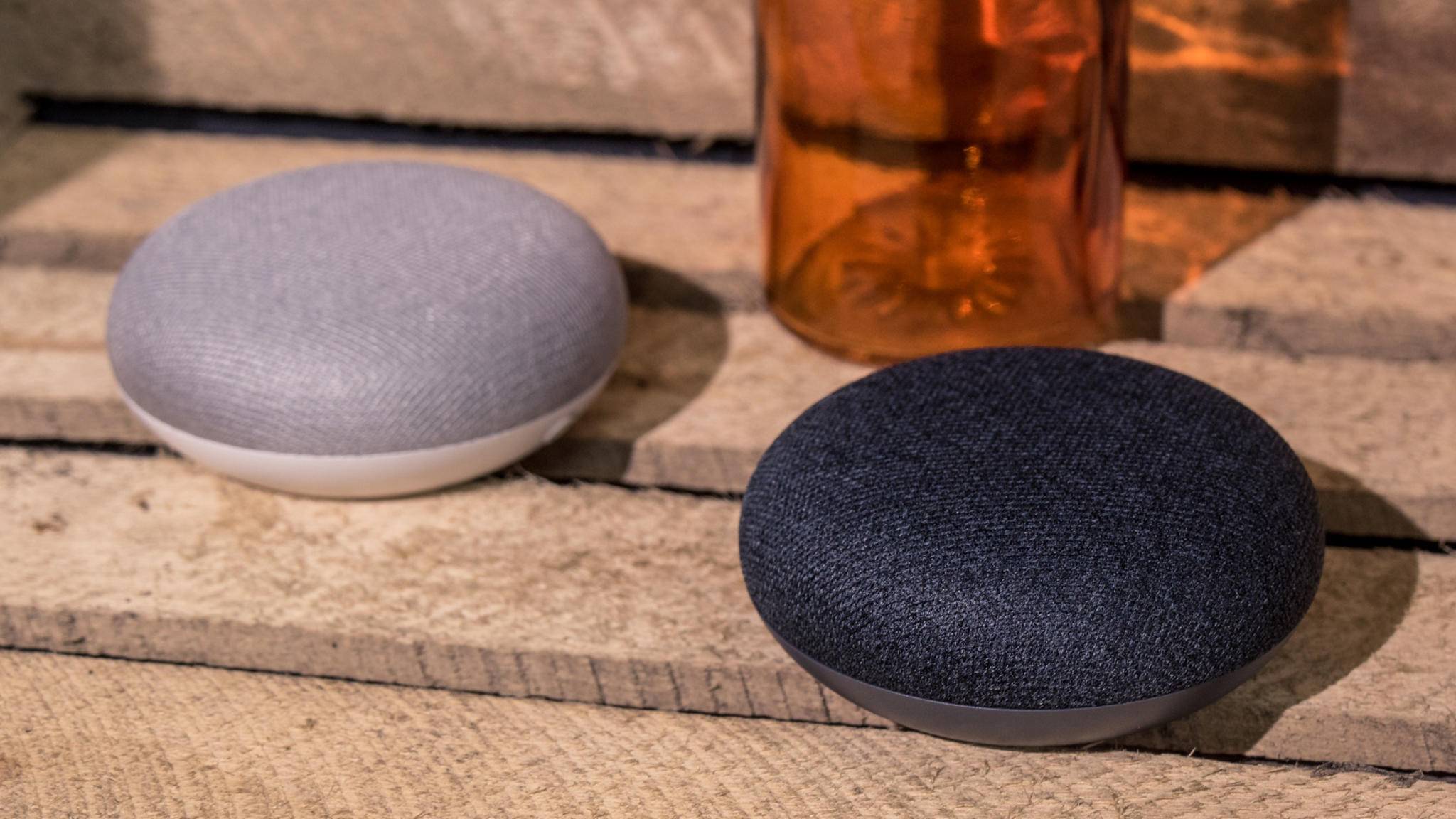

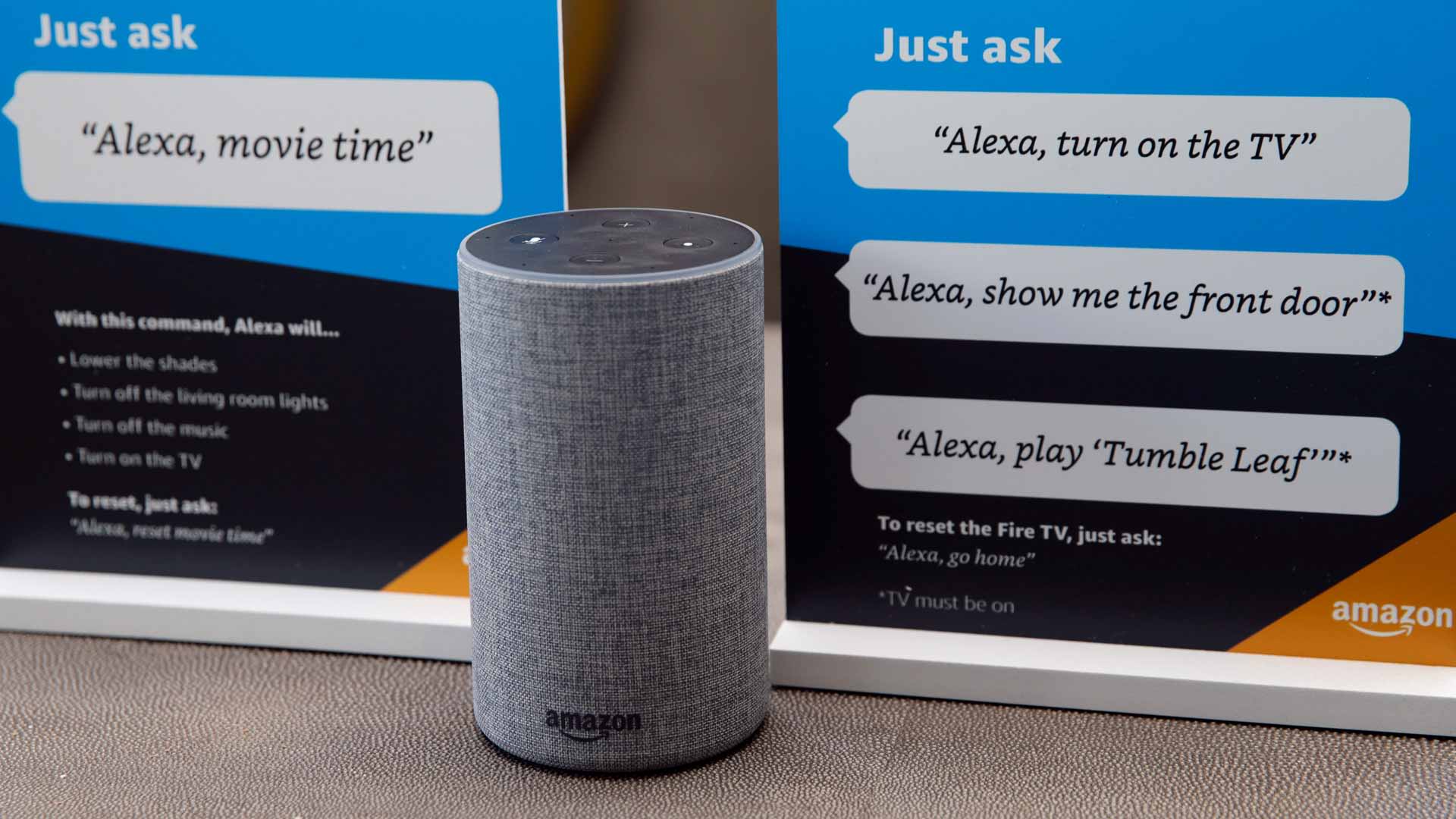

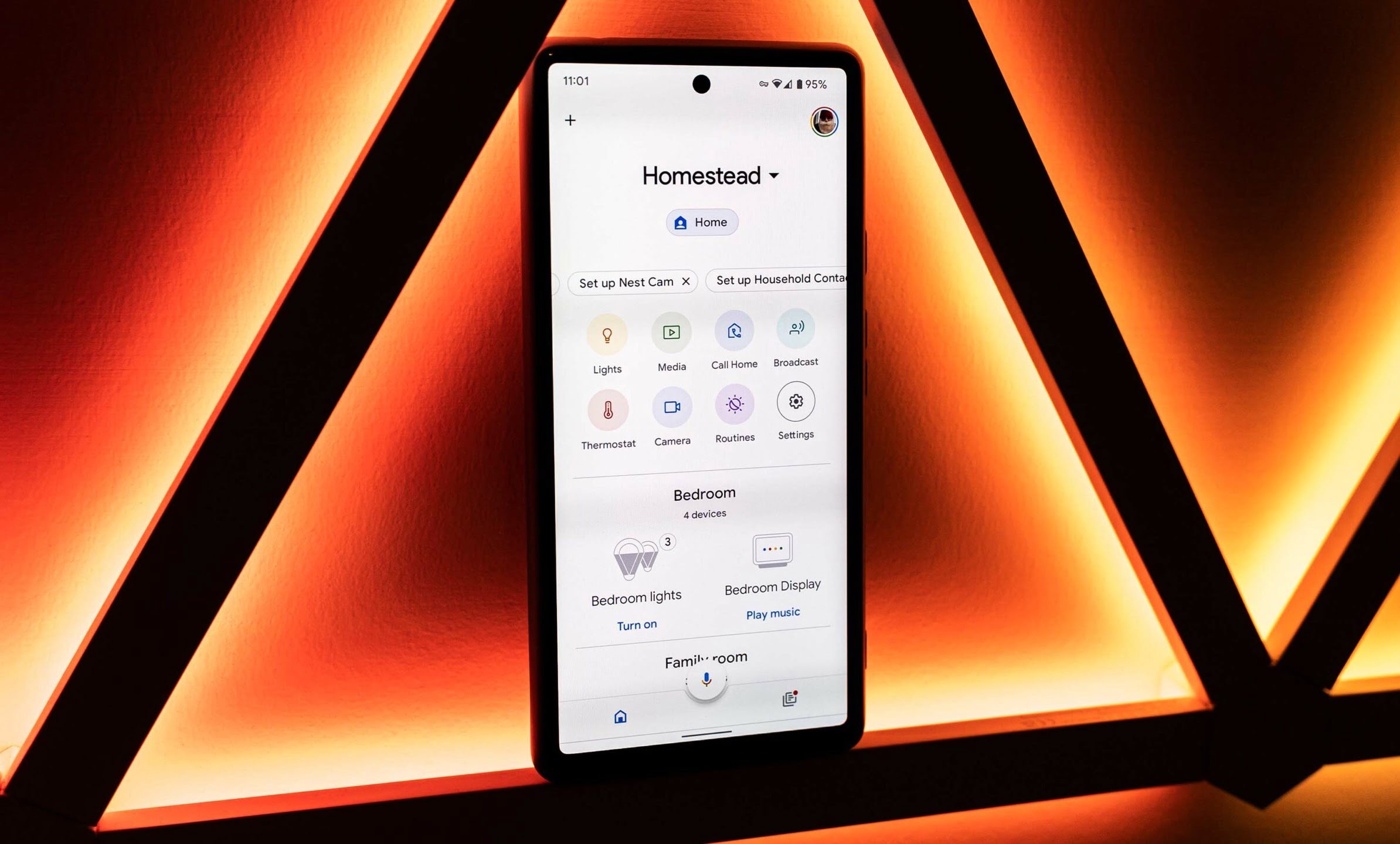
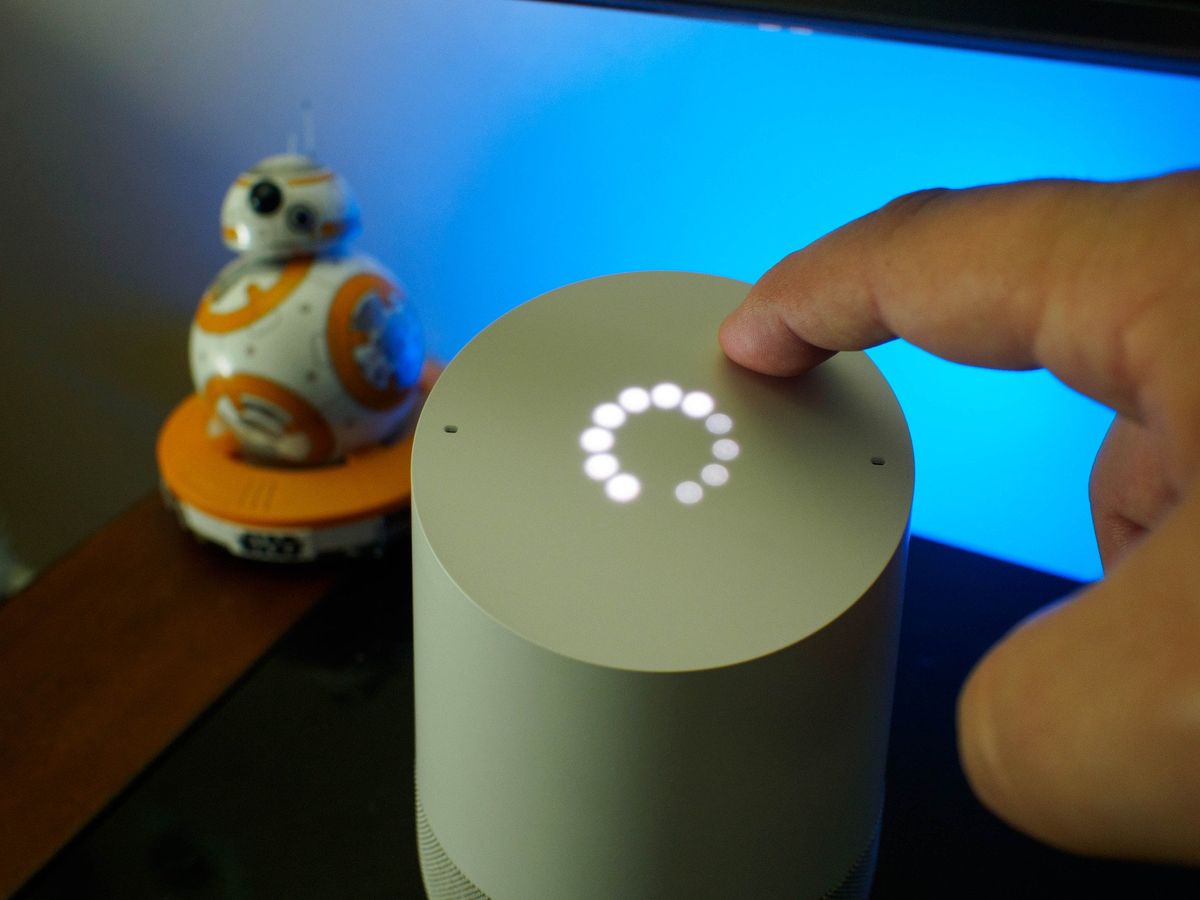
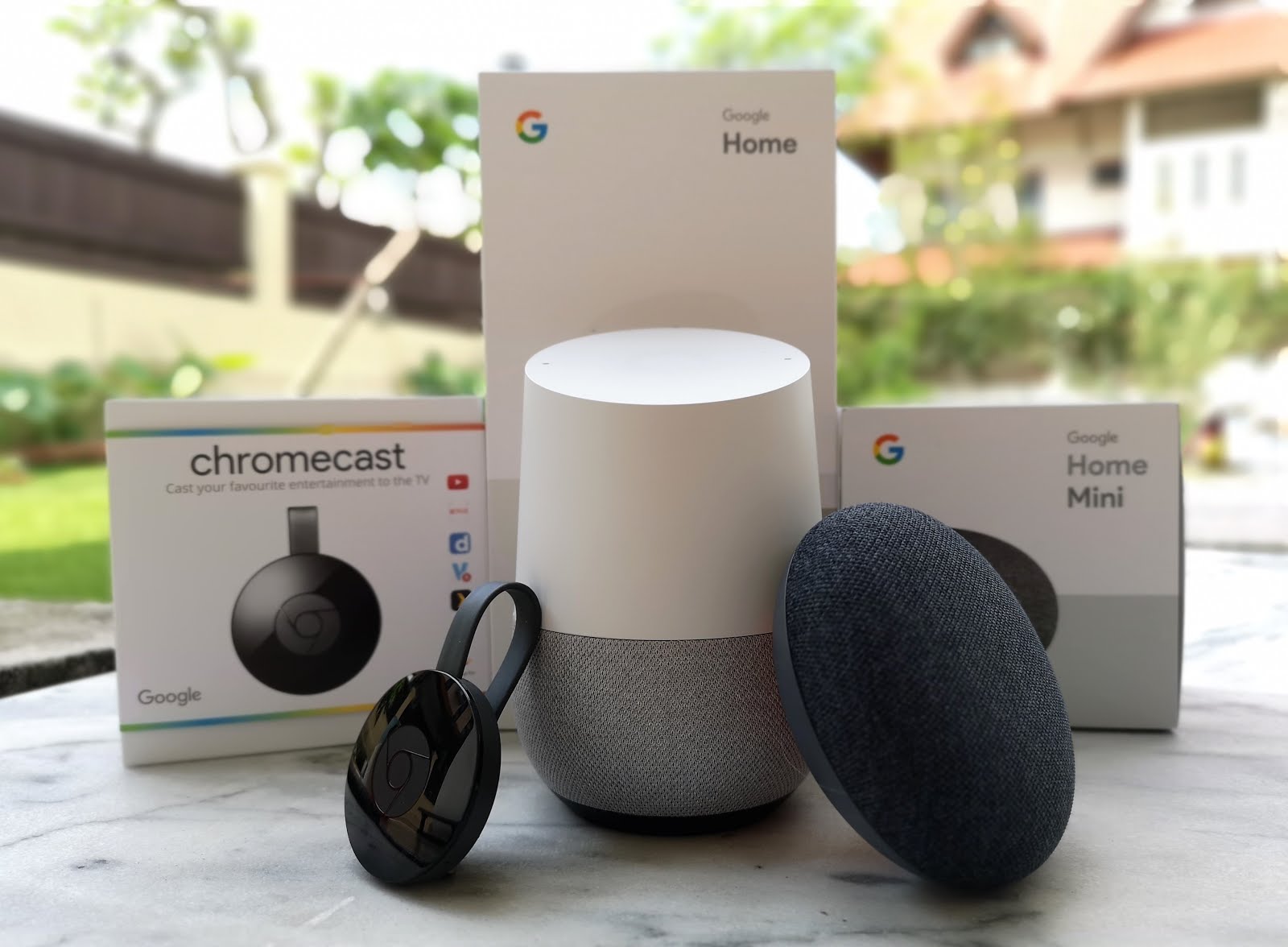
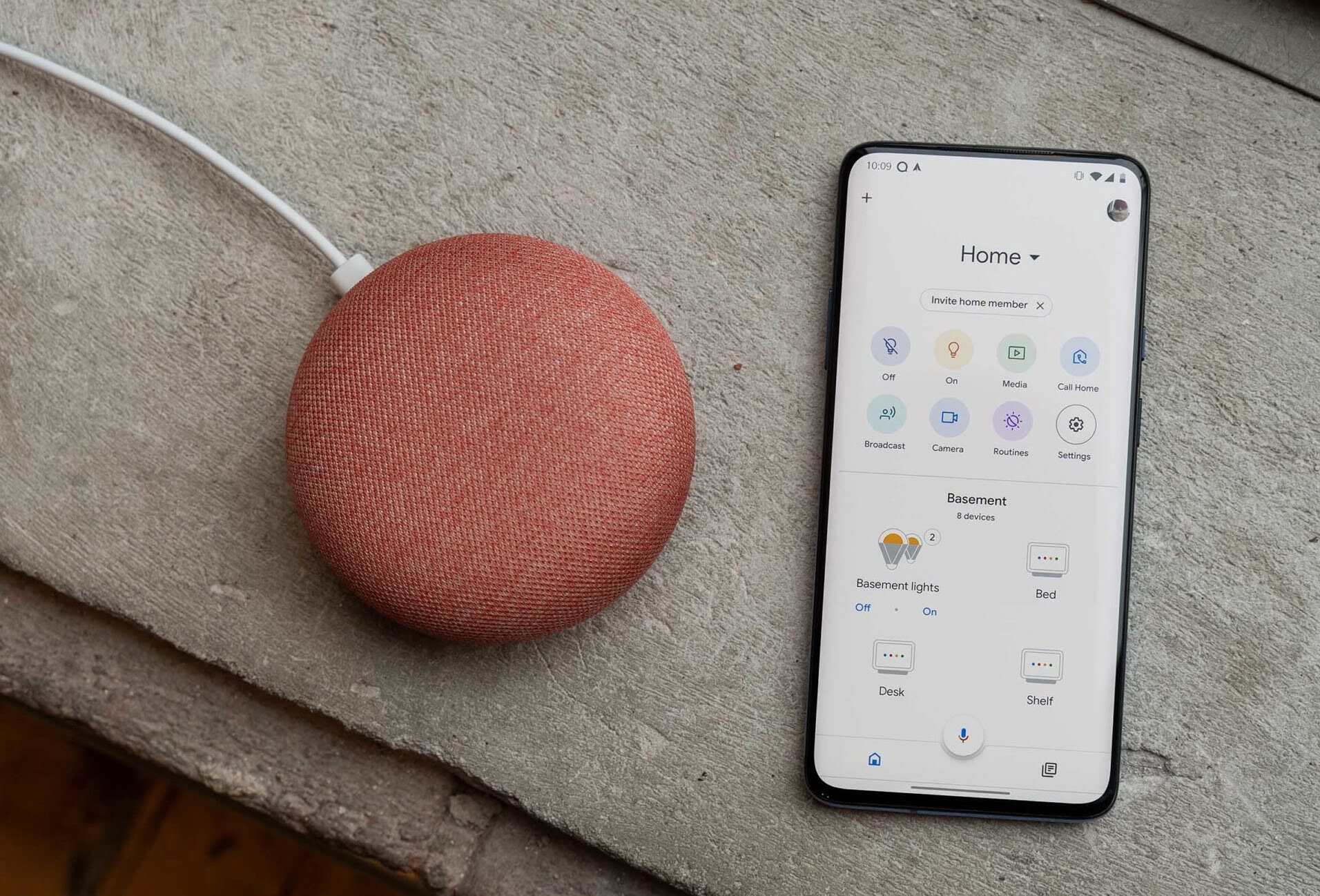
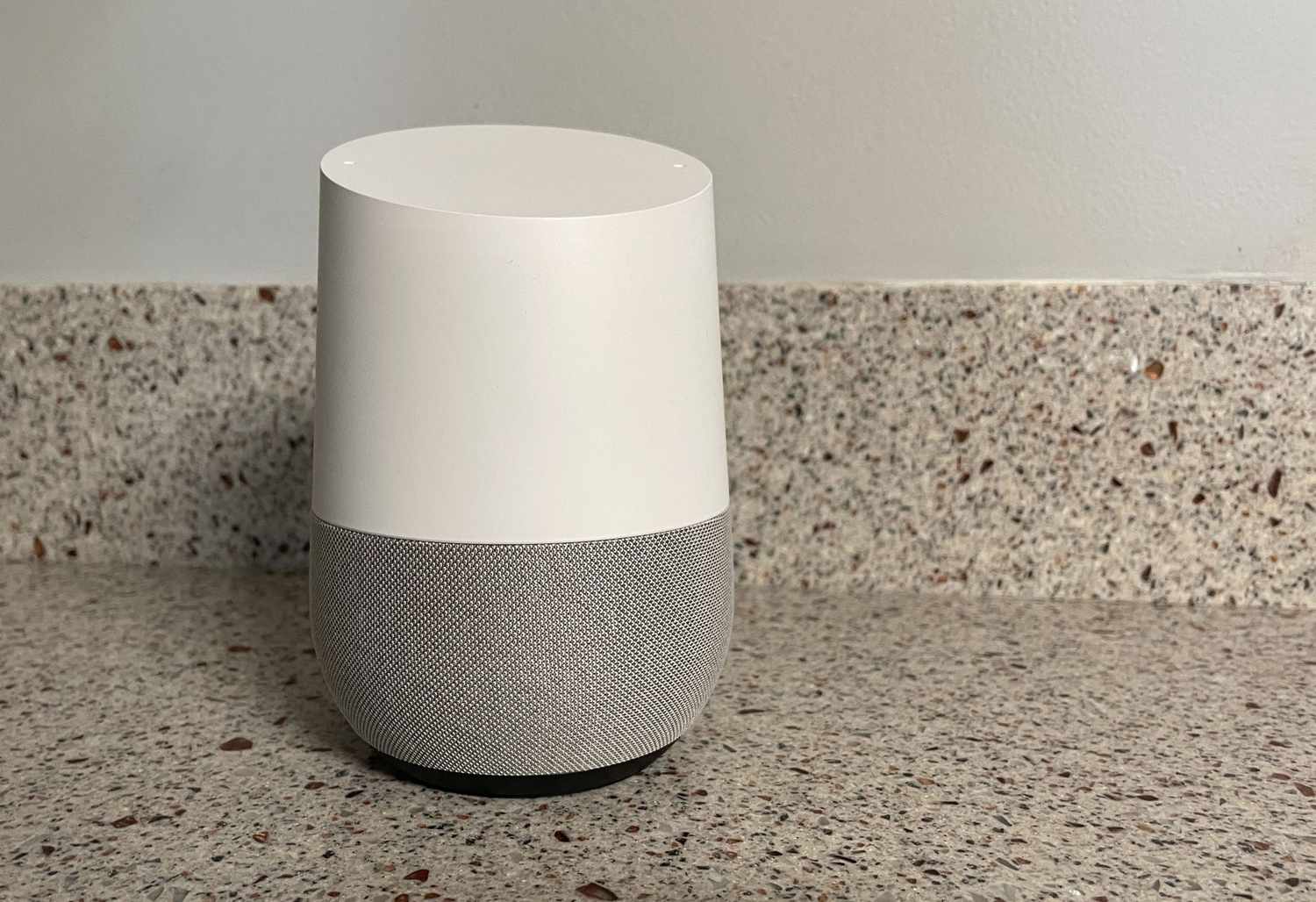
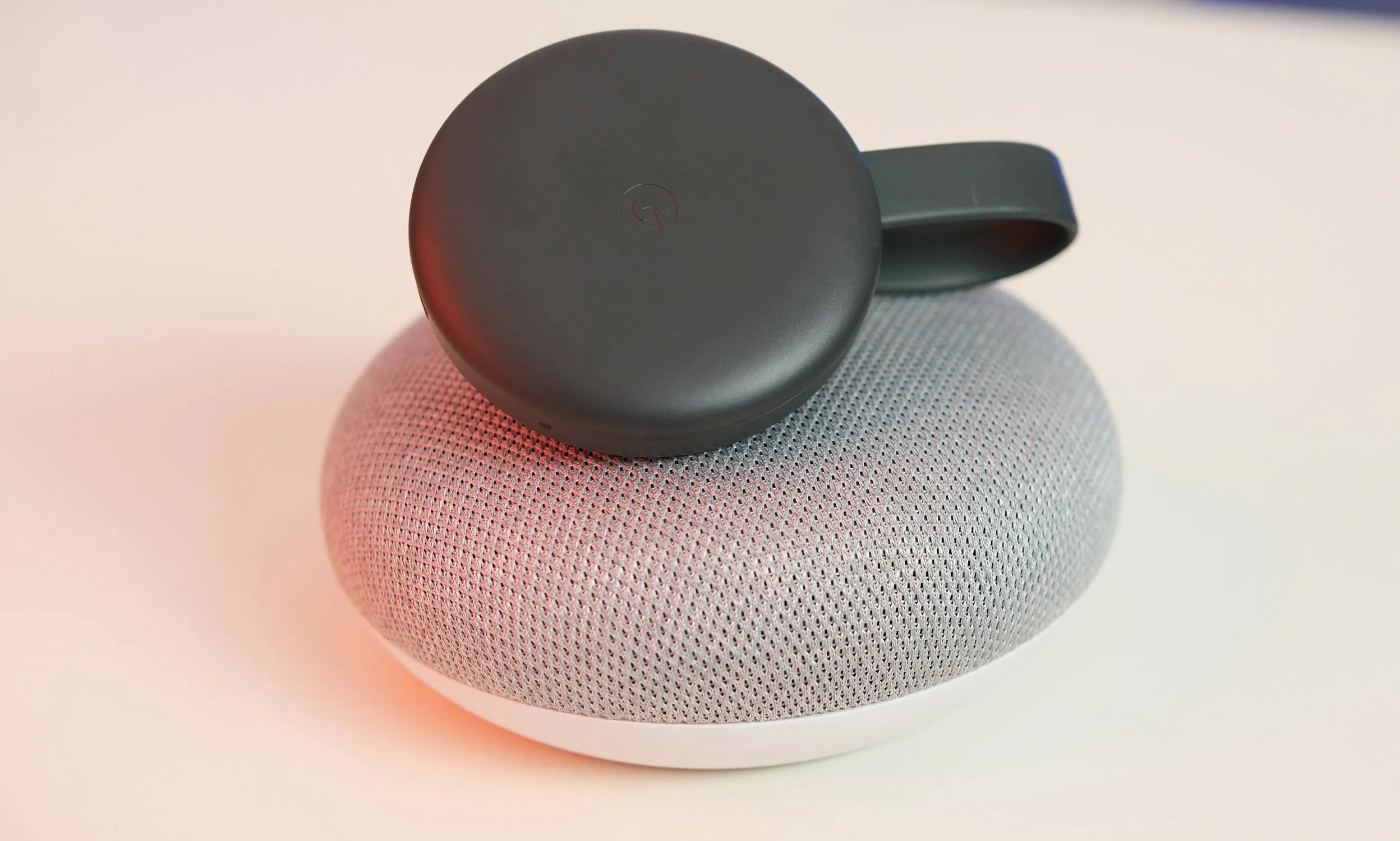

0 thoughts on “How To Listen In On Google Home”